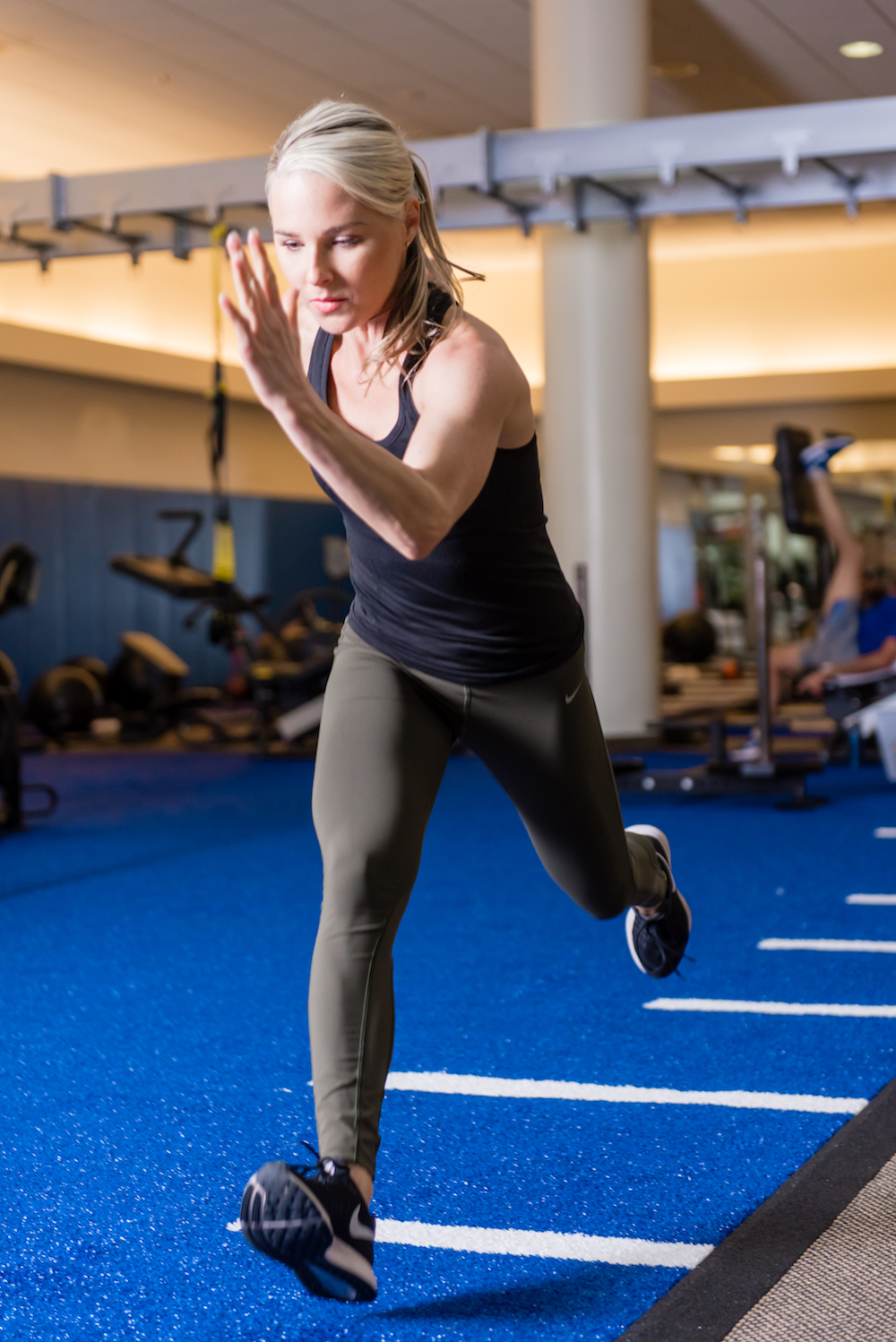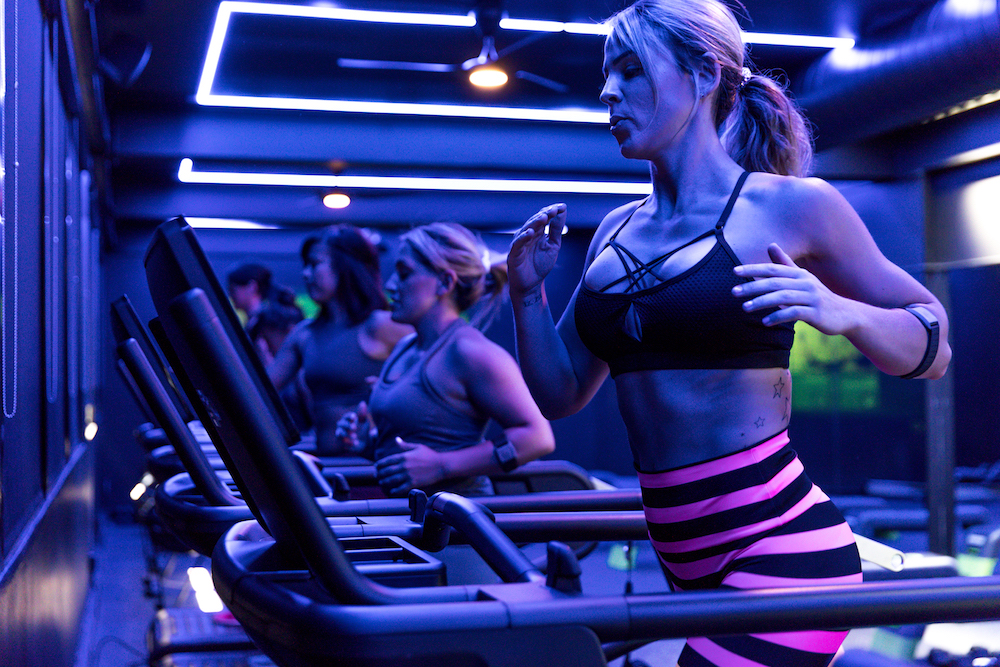While running might seem like one of the simplest activities in the world—after all you learn how to do it around the age of one—it’s more complicated than one might think. Especially when referring to running as a workout. Not all running is equal: The effect that it has on the body can change depending on whether you’re sprinting on a treadmill or jogging down a grassy hillside. Plus, a running-related fitness routine requires the proper shoes, warm-up, and cool down. To make the most of your run, it’s a good idea to know the basics. Here is everything you need to know about running.
Running is a fantastic workout. It works the entire body, from legs to core to back. The full body movement causes you to break a sweat, and for some people, it’s incredibly fun. Benefits of running include weight loss, cardiovascular endurance, and improved strength. In general, a regime that incorporates running increases overall wellness.
Running correctly requires a particular form. Many people who run don’t run properly. If you’re experiencing any muscle, joint, or bone pain, you’re probably not running correctly. The impact of hitting the ground, from the heel up, can be hard on the body. It puts a lot of pressure on the entire body and may result in lower back or knee pain. How can you practice the right form? Keep your chest up, roll your shoulders back, and engage your stomach muscles.
Think about how your foot hits the ground. If you notice a stomping noise while running on a treadmill, you’re running incorrectly. You want to use the entire foot. The heel strikes first, but rotate through, all the way to the ball of your foot. You want to feel light on your feet.
Don’t run with your phone in your hand. While it may be tempting to jog through Runyon Canyon or along the San Francisco waterfront with your cellphone in your hand, leave the smartphone in a locker. Holding your phone in your hands is going to change your arm swing and this, in turn, will affect your stride. A good arm flow is crucial to correct running form.

Check your spacing on a treadmill. If you’re running inside on a machine, you don’t want to be too close to the front of the treadmill. This could cause you to overstep and trip. Ideally, when on a treadmill, you want a long stride and comfortable pace. Situate yourself in the middle of the track and the machine.
Consider the terrain. Inclines and declines affect the body differently. When you’re running up a hill, the workout is harder on the legs, in particular, the quads. Inclines work the entire cardiovascular system. This means your breathing and heart rate will increase. You’re running against gravity, so the resistance is against your body. On the other hand, when running down a hill, gravity is on your side. There is no resistance, so you have to create it within your body to ensure you don’t tumble down the decline. Activate that core and you won’t have any lower back pain.
Don’t overlook speed. Sprinting is an excellent whole body workout and great for the core, but it’s not practical to sprint for long distances. With sprinting, short intervals are preferable, from 30 to 90 seconds. Be sure to incorporate the fast bursts into your run. Sprinting gets your heart rate up and causes you to sweat more. If weight loss is your goal, sprinting is essential because it creates a pattern that makes the body burn fat faster. The heart rate goes up and then down, which causes you to burn more calories at a higher rate.
Invest in the proper shoe. Shoes that provide the best support for your foot type and gait are ideal. The heel and arch support sets the tone for the entire run. Visit a store like Nike that is capable of finding the perfect shoe for your foot. Chat with a team member and say you’re looking for the proper running shoe. You’ll stand on a machine that checks the width and arch of your foot then determine the optimum shoe.
Warm-up and cool down. Before any run, stretch out the lower back and warm-up the hamstrings, quads, and calves. Rotate your ankles and flex your feet a few times. Afterward, repeat the same sort of stretching motions—focusing on the lower back and legs.
Give your body a break. Unless you’re training for an athletic event or marathon, run two to three times per week. Allow the body plenty of time to recover. Running is a high impact exercise, so practice another type of workout on those recovery days.
Want to perfect your running style? Contact your Club’s fitness department if you want to learn more about proper running form and workouts!






1 Comment
I wAnt yo learn